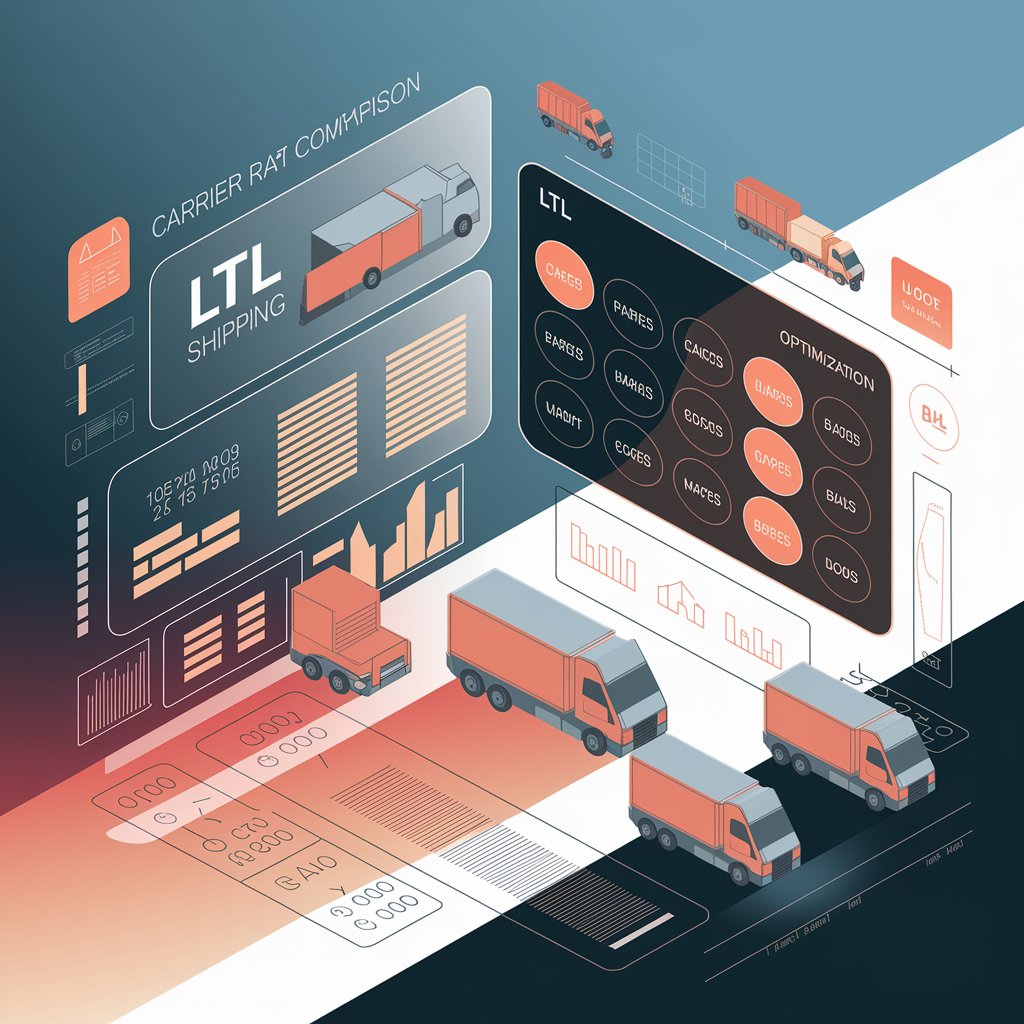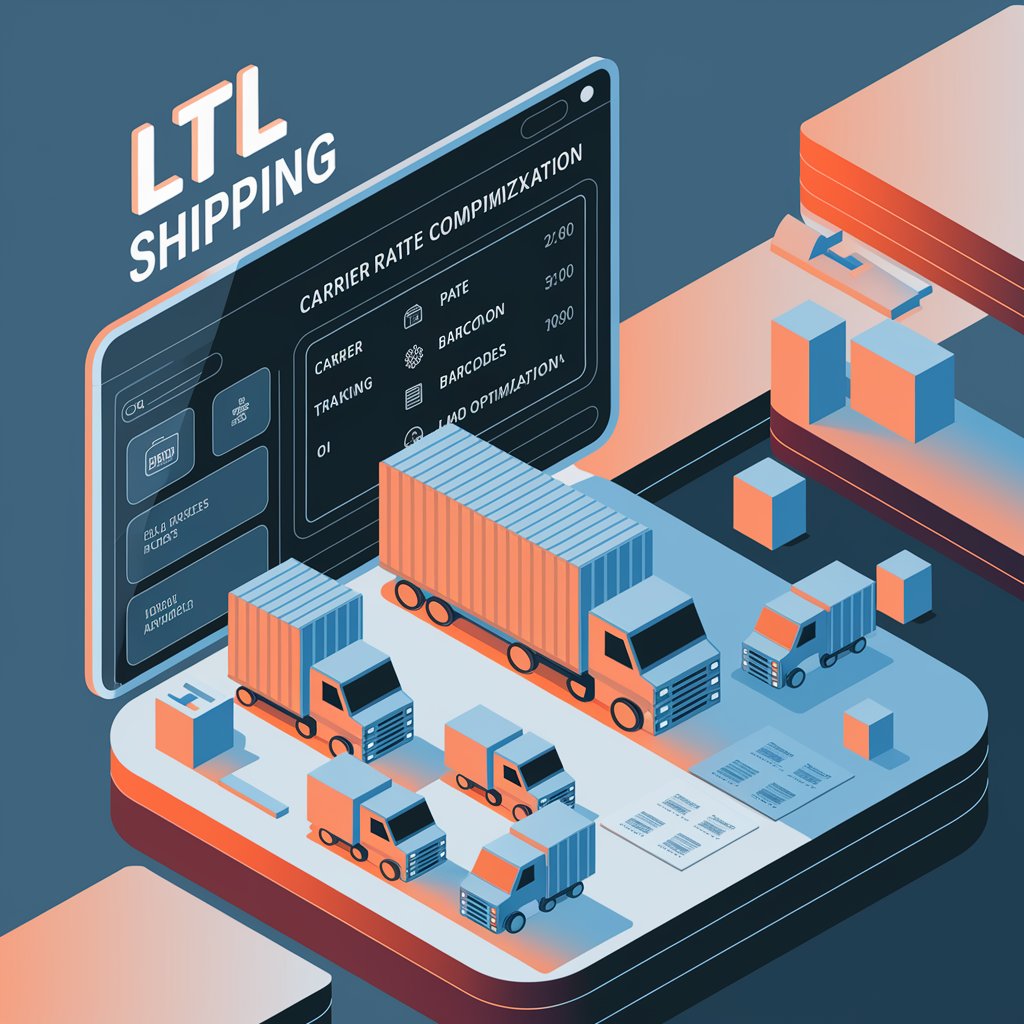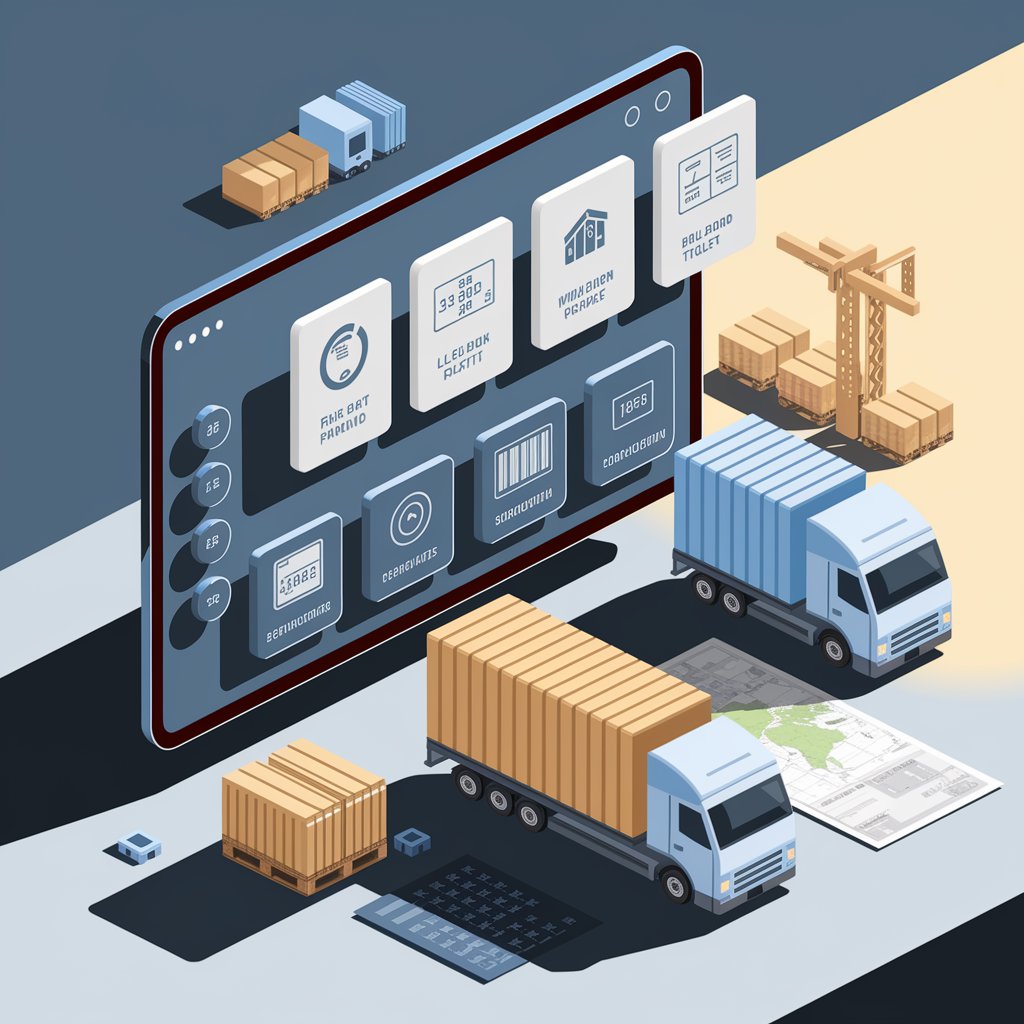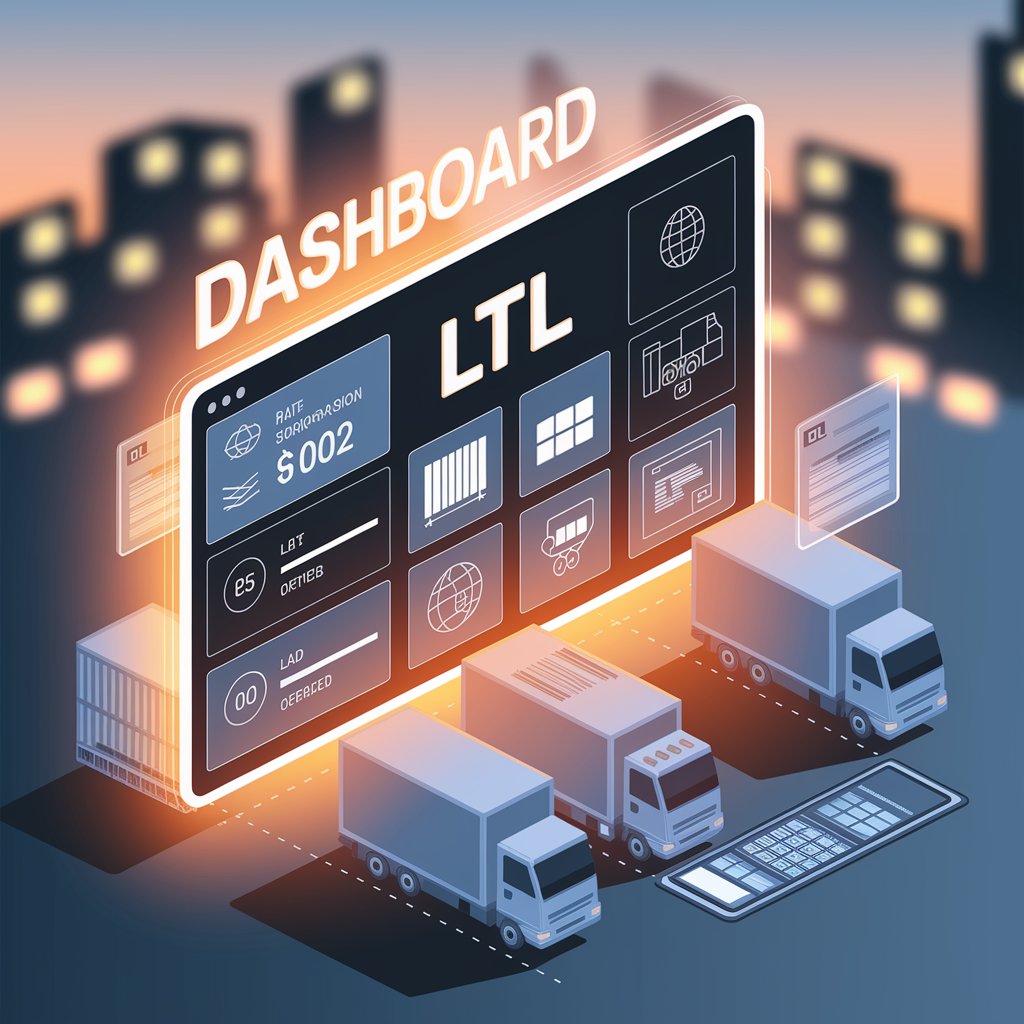LTL Shipping Software: Smarter Tools for Less-Than-Truckload Logistics
In this guide, we explore how LTL shipping software works, its must-have features, and how it transforms logistics performance.

📦 What Is LTL Shipping Software?
LTL shipping software is a specialized transportation management tool designed to automate and streamline LTL freight operations. It helps businesses consolidate shipments, compare carrier rates, manage documentation, and track deliveries in real time.
💡 Whether you’re moving 10 or 1,000 pallets per week, LTL software simplifies the complexity of partial-load freight.
🚚 Who Needs It?
Business Type | Why It Matters |
🏭 Manufacturers | Ship small loads frequently to multiple locations |
🛍️ eCommerce brands | Need cost-efficient regional distribution |
📦 3PL providers | Manage LTL across many customers |
🧾 Freight forwarders | Require rating, consolidation, and visibility tools |
If you regularly ship loads under 15,000 lbs or occupy less than 10 linear feet of trailer space, LTL shipping software is essential.

🔧 Core Features of LTL Shipping Software
Here are the key functions that define a powerful LTL platform:
- 💰 Carrier Rate Comparison – Instantly view quotes from multiple LTL carriers
- 🛠️ Automated Load Building – Combine orders for optimal truck space usage
- 📄 Label & BOL Generation – Create compliant shipping paperwork with a click
- 📲 Real-Time Tracking – See delivery status, exceptions, and proof of delivery
- 📊 Freight Analytics – Monitor cost per carrier, shipment time, and damage rates
- 🔄 TMS & ERP Integration – Sync with your systems for seamless workflows
Some platforms also offer AI-driven routing suggestions, branded customer portals, and customizable shipping rules.
🌎 Why It’s a Competitive Advantage
Without LTL software:
- ❌ High chances of routing errors and late pickups
- ❌ Limited rate visibility = overpaying for freight
- ❌ Manual paperwork wastes valuable hours
- ❌ No centralized view of logistics performance
With LTL shipping software:
- ✅ Smarter carrier selection
- ✅ Lower shipping costs
- ✅ Happier customers
- ✅ Less time spent on admin
📉 Bottom line: It reduces cost per shipment and improves service reliability.

💡 Real-World Example
Scenario: A regional distributor sends 50 LTL shipments per week.
Before software:
- Spreadsheet-based scheduling
- Manual rate quotes
- No shipment visibility
After LTL software adoption:
- Bookings completed in 2 minutes
- 20% savings through rate shopping
- Clients receive automatic tracking updates
📈 Result: Fewer claims, faster delivery, higher retention.
✅ Choosing the Right Platform
When evaluating LTL shipping software, look for:
- 🧭 Intuitive, mobile-friendly interface
- 🔌 API-ready for easy integration
- 🛠️ Custom shipping rules and automation
- 📦 Built-in label printing and tracking
- 📊 Reporting dashboards with actionable KPIs
Popular platforms include Linbis, FreightPOP, Kuebix, and AscendTMS.

🏁 Final Thoughts
In a fast-paced freight environment, LTL shipping software is your secret weapon. It helps brokers, carriers, and logistics teams handle complex loads with the precision of a full truck—without the cost.
Ready to simplify your LTL operations? Invest in software that keeps your freight efficient, your customers informed, and your team focused on growth.
